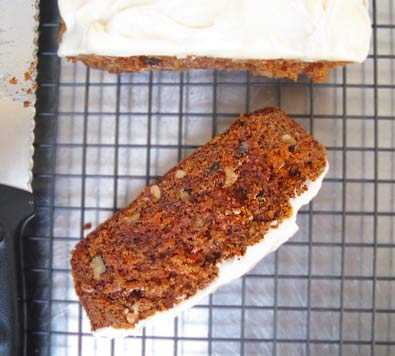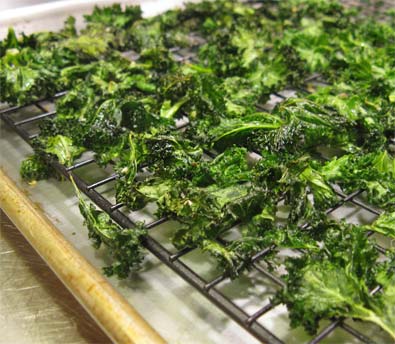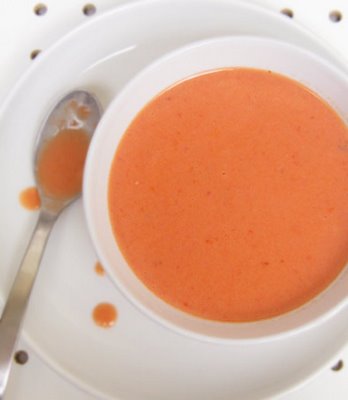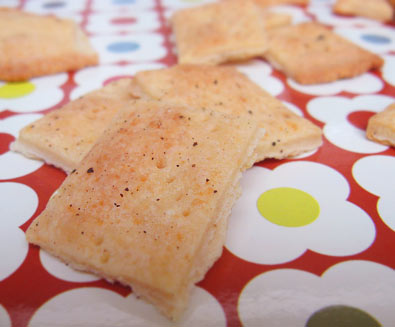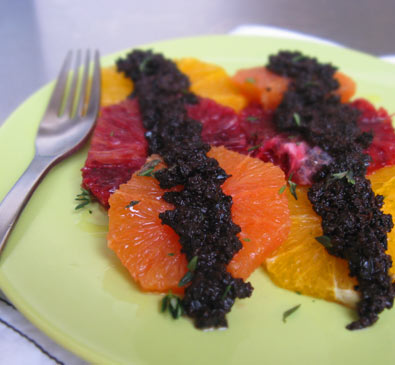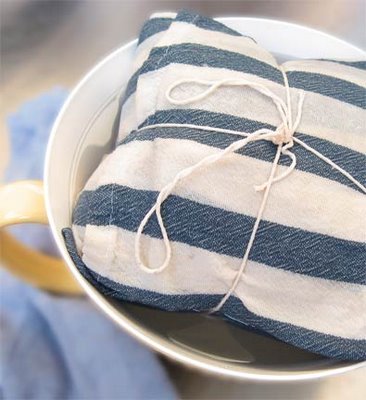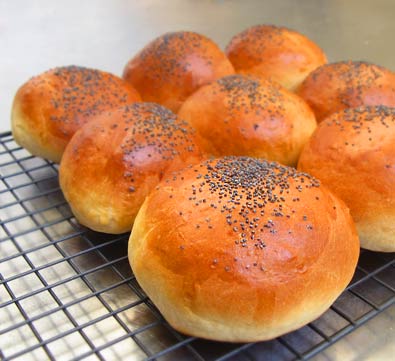 When it comes to meals with my husband, most of the time I am quite alright with a table for two. When we go out, it usually means that there is sure to be leftovers brought home and enjoyed at lunchtime the following day. Or when I cook at home, it means that Brian and I can share a large strip steak for dinner, seared in my cast-iron skillet, and cut on the bias. Yes, most of the time, I am able to be convinced of delicious intimacy in dining for two. But then I think of dessert, and the joyful clatter of dishes turns to angry silence.
When it comes to meals with my husband, most of the time I am quite alright with a table for two. When we go out, it usually means that there is sure to be leftovers brought home and enjoyed at lunchtime the following day. Or when I cook at home, it means that Brian and I can share a large strip steak for dinner, seared in my cast-iron skillet, and cut on the bias. Yes, most of the time, I am able to be convinced of delicious intimacy in dining for two. But then I think of dessert, and the joyful clatter of dishes turns to angry silence.
For those of you that have been Nosheteria readers for some time, you are very familiar with my love of the final course. I have a very mean sweet tooth; it bites when not fed regularly. The problem lies in the fact that so many desserts are truly meant to be enjoyed in groups. Don’t get me wrong, I was raised well by my parents, who taught me the age old rule of share and share alike. When I make a pie, you can bet that I also have friends over to share the wealth. And countless times I have sent Brian off to work with foil-wrapped leftovers of unfrosted cakes or piles of cookies. This usually makes him quite popular.
But there are the times when I have a hankering to do a bit of baking, and I know that I will be a lone eater of the final product. Case in point: carrot cake. I love the stuff– the moist crumb, the subtle crunch of a walnut here and there, and that whipped goodness of cream cheese icing. I am a goner. Brian, however, could take it or leave it. Can I really justify making the dessert if I will not have even one cohort in eating it. What to do, what to do? Well, I will tell you what I did– I got an invitation to a cook-out.
Last weekend was glorious. I know that I have been doing a bit of complaining about the weather not being up to its sunny par, but last weekend it was stupendous. It seemed that overnight the cherry blossoms had riotously bloomed, and the lawns were a verdant green. I caught the first glimpses of spring. So when an email was sent out inviting Brian and I to bring meat and gather round the BBQ to enjoy the highly lauded springtime weather, I quickly went to the store, bought a passel of sausages, and a few carrots, and got to work.
I decided on making carrot bread, rather than an all-out, layer cake. And found this recipe, claiming to be a lighter alternative to the standard carrot cake. I don’t know that it was lighter, but it was sturdier, and just as delicious. With a crisp crust, yet tender body, making the carrots literally melt away, this bread was a hit. I added a bit of homemade cream cheese icing, because what is a carrot dessert without its counterpart? Full of sausage, hamburgers, grilled veggies, and salads of all sorts, my friends managed to save room for dessert. I even got a piece, yet managed to take home an empty container at the end of the evening. I would say that’s a successful dessert.
Cream Cheese Frosting
enough for one loaf of carrot bread
4 ounces cream cheese, softened to room temperature
2 ounces unsalted butter, softened to room temperature
1 teaspoon vanilla extract
1 cup powdered sugar, sifted (more to taste, if you like it sweeter)
pinch of salt
In a medium-size bowl, cream butter and cream cheese until well incorporated, and whipped smooth. Add vanilla. Sift in the powder sugar, and the pinch of salt, and continue to beat until smooth. Frost the top of the loaf. Carrot loaf should be completely cool before icing.

